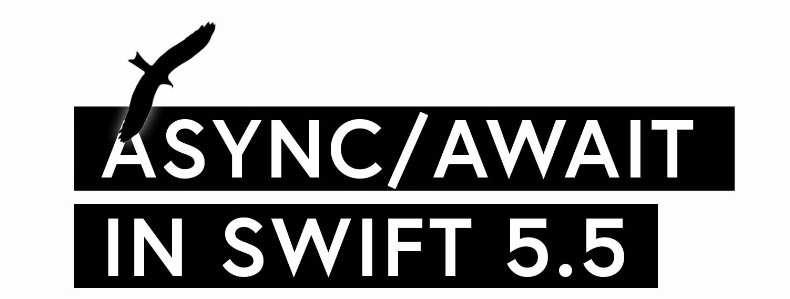Async/Await: Streamlining Asynchronous Programming in iOS Development
Asynchronous programming has become an essential aspect of modern iOS development. To streamline this process, Apple introduced native support for asynchronous programming in Swift, including the powerful async/await pattern. This blog delves into the practical usage of async/await for iOS developers.
Demystifying Async/Await
Async/await is a paradigm that simplifies asynchronous code execution, making it appear more synchronous and readable. It eliminates the complexities of managing callbacks or completion handlers, allowing developers to write asynchronous code that resembles synchronous code. With Swift's async/await, developers can efficiently handle tasks like network requests, database queries, or file I/O without blocking the main thread, enhancing app responsiveness.
Mastering the Basics of Async/Await in iOS
Here's a breakdown of the core concepts for using async/await in your iOS projects:
Defining Async Functions: To create an asynchronous function, simply use the
asynckeyword in the function declaration. This signifies that the function will execute asynchronous tasks.
func fetchData() async -> Data {
// Perform asynchronous operations here
}Utilizing Await Within Async Functions: Employ the
awaitkeyword within an async function to call other asynchronous functions or tasks. It suspends the current task until the awaited task is completed.
func fetchImageData() async -> Data {
let url = URL(string: "https://example.com/image.jpg")!
do {
let (data, _) = try await URLSession.shared.data(from: url)
return data
} catch {
// Handle errors
}
}Marking the Caller as Async: When calling an async function from another function, mark the calling function as
asyncas well. This facilitates the use ofawaitfor calling async functions.
func displayImage() async {
let imageData = await fetchImageData()
let image = UIImage(data: imageData)
// Update UI with the image
}Error Handling: Error handling with
async/awaitis straightforward. Utilizetryandcatchblocks to manage errors thrown within async functions.
func fetchImageDataWithThrowing(stringURL: URL) async throws -> Data {
guard let url = URL(string: stringURL) else {
throw NSError(domain: "Bad URL", code: 0)
}
let (data, _) = try await URLSession.shared.data(from: url)
return data
}
func displayData() async {
let url = "https://example.com/image.jpg"
do {
let data = try await fetchImageDataWithThrowing(stringURL: url)
// Process data
} catch {
// Handle errors
}
}Running Async Code on the Main Thread: To update the UI on the main thread within asynchronous code, use
awaitto dispatch code to the main queue.
Task {
await MainActor.run {
// Update UI elements here
}
}Exploring Advanced Use Cases
Calling Async Functions in Synchronous Code: Utilize the
Taskstructure to introduce the scope of an asynchronous call within synchronous code.
func updateImage() {
Task {
let image = await fetchImageData()
MainActor.run {
// Update UI
}
}
}Converting Callback-Based Functions to Asynchronous: To create an asynchronous function from a function with a callback, explore constructs like
withCheckedContinuationorwithCheckedThrowingContinuation. This might be helpful if you're usingasync/awaitat the network layer with iOS versions between 15 and 13 (inclusive).
extension URLSession {
func asyncDataRequest(url: URL) async throws -> Data {
try await withCheckedThrowingContinuation { next in
dataTask(with: url, completionHandler: { data, response, error in
if let error {
next.resume(throwing: error)
} else if let data {
next.resume(returning: data)
} else {
next.resume(throwing: NSError(domain: "Empty data", code: 0))
}
}).resume()
}
}
}Conclusion
Async/await in Swift offers a powerful and elegant approach to asynchronous programming in iOS development. By following these guidelines, developers can significantly simplify their asynchronous code, enhance app responsiveness, and leverage Swift's robust asynchronous capabilities to build more efficient and user-friendly iOS applications.


